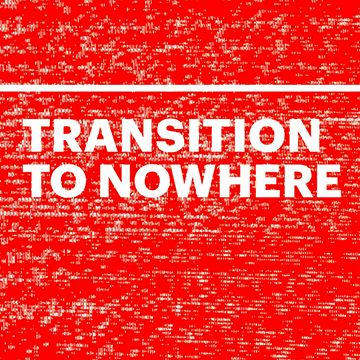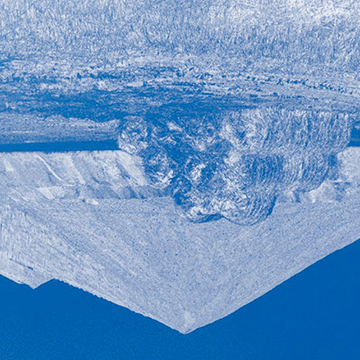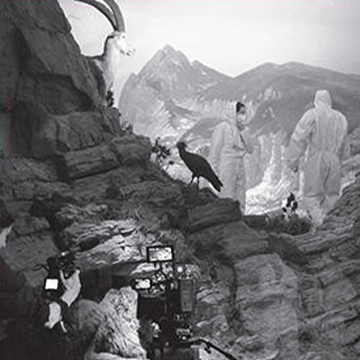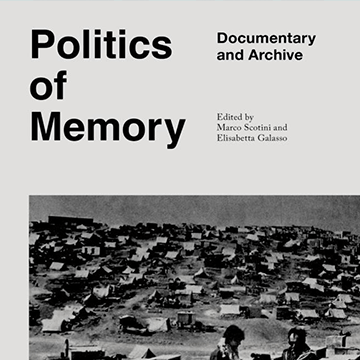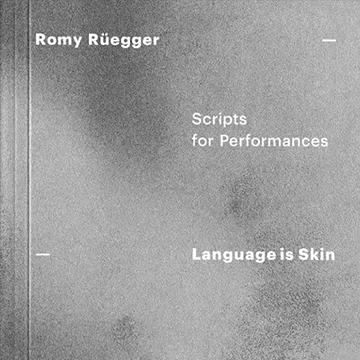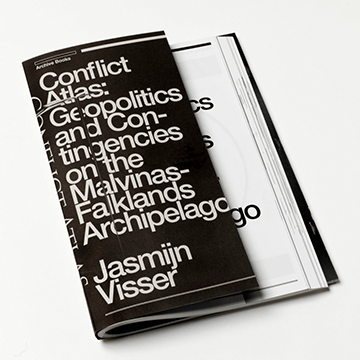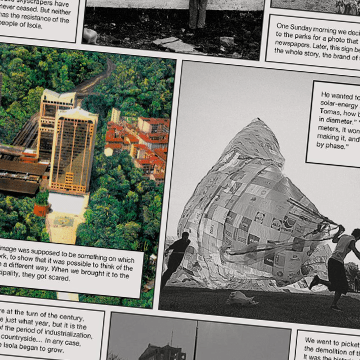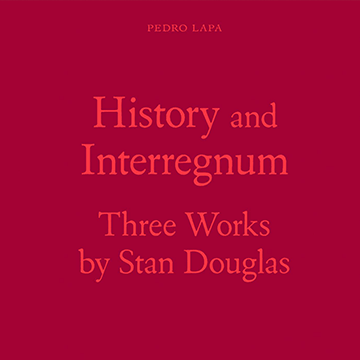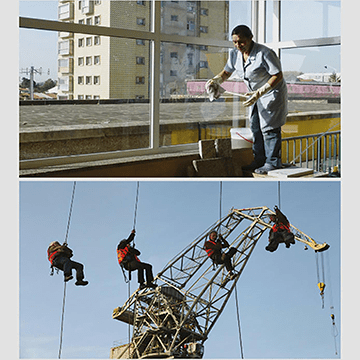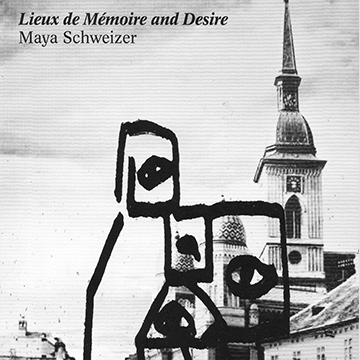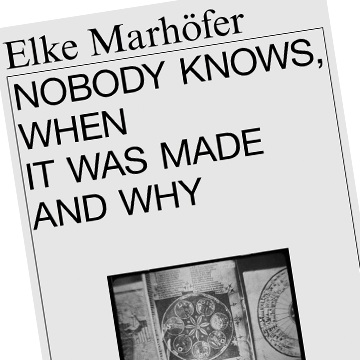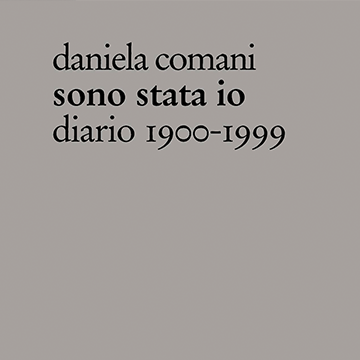Today, after Post-Communism has ended in chaos and confusion, we are entitled to ask: was it a condition, or a transition; a rise or a decline; progression, regression or simply a time-lag? Has it ever shaped its own form of social being, a unique mode of economic production, a politics of its own, a culture? Or was it just another interregnum of history, full of morbid symptoms we cannot get rid of?
Tag: History
Not Working
This book is published on the occasion of the exhibition Not Working, Artistic production and matters of class at Kunstverein München from September 12 until November 22, 2020. It includes contributions that form a theoretical, literary, and poetic extension of exhibition bringing together international artists, theorists and writers who in their work examine the interdependence of artistic production and social class.
wild recuperations. material from below
Dissident practices and sociabilities of the late GDR unfolded in a present that was largely detached from any utopian future. Their traces are alive in the memory of those involved in the cultural and political underground at the time and in numerous materials and documents held in archives and collections. This book is the result of a transdisciplinary research process that brought artists, researchers, writers, curators, archivists, activists, and multiple interlocutors together at the Archive of the GDR Opposition in Berlin.
wildes wiederholen. material von unten
Die Erfahrungen des gemeinsamen widerständigen Lebens in der von jeder utopischen Zukunft gelösten Gegenwärtigkeit der späten DDR harren noch immer einer differenzierten Bearbeitung. Ihre Spuren sind in der Erinnerung der damals Involvierten und in zahlreichen Dokumenten und Materialien in Archiven und Sammlungen aufgehoben. Dieses Buch ist das Ergebnis eines vielstimmigen und transdisziplinären Arbeitsprozesses von Künstler*innen, Autor*innen, Forscher*innen, Kurator*innen, Archivar*innen, Aktivist*innen und weiteren Gesprächspartner*innen im Archiv der DDR-Opposition.
Assaf Gruber. The Storyseller
Assaf Gruber’s films examine how art affects individuals who are not necessarily drawn to it. What may seem to be at the margins of culture sometimes turns out to be its most conspicuous parts. The films’ plots emerge from the situations of their characters, addressing the ways in which personal stories become intertwined with political ideologies, and how social relations between private and public spheres are shaped.
’68NOW
This book is to be published fifty years after the events of ’68. The focus of the symposium, as is clear from the title, is concerned with both the discontinuities and the continuities between ’68 and our present situation, examined in a series of lectures organised by Vasyl Cherepanyn from the Visual Culture Research Center and with a contribution from tranzit.cz, in Kyiv.
Politics of Memory
The anthology Politics of Memory aims to investigate the document as such, as an objective trace left by events, as material proof or the creation of reality – the strategies with which they transform a state of memory into State memory, those by means of which a historical removal is enacted, those, ultimately, in which there is an attempt to challenge permanent or temporary amnesia, opening up to the future. The artists and filmmakers contributing to this publication represent the most advanced area on an international scale of a research that inaugurates a new relationship between artistic practices and the documentary.
Language is Skin
Overlapping every day observations with archival material, confronting, jumping. Figures that intervene – interruptions into the reproduction and maintenance of colonial poison cabinets and patriarchal canons. Histories of involvement. The folding of histories. Entangling feminist fictions. Taking care of. Trouble, always trouble.
Conflict Atlas
Conflict Atlas looks at history through the perspective of the Falklands Islands/Islas Malvinas. Global events are mirrored to local proceedings on the archipelago. Through this method it explores trade routes, colonial enterprises, patterns of migration, questions of identity, strategies in warfare and the role of the climate in social issues. Conflict Atlas comprises texts, maps and archival materials. Starting from the case of the Falklands/Malvinas it aims to create a field of tensions by the multiplication and stratification of geographical sites, historical times and subjective views.
Fight-Specific Isola
Fight-Specific Isola traces the long history of the Isola area of Milan and the organic, spontaneous progress of the Isola Art Center over the past 12 years. Featuring texts and many images, the book tells the story of an artistic and urban transformation, led by artists, who often had to invent tools and concepts along the way. This publication serves as an example of how to act on the ground in today’s urban condition. Different narratives of history, artistic intervention and action allow the reader to trace the complex idea of collectivity, solidarity and fight-specificity. Testing new terms such as dirty cube and dispersed center this book shows a possible way to respond to the constant pressure of neoliberal development and gentrification.
History and Interregnum
History and Interregnum looks at the relationship between history and fiction through the practice of re-enactment, as seen in three works by Stan Douglas. The Secret Agent (2015), Disco Angola (2012) and Luanda-Kinshasa (2013) all draw upon the same historical period, which saw the emergence of different universalist and multicultural hopes for a transformed world. The recent history of Portugal, namely the Carnation Revolution of 1974 and decolonisation, and manifestations of culture such as jazz-rock, disco, funk and afrobeat, contribute to a political and multicultural emancipation dreamed of in those times, but ultimately eclipsed by new configurations of power. This book is a consideration of a politics of means, taking as its starting point the idea of a state of interregnum exemplified by these moments, exploring it in the light of artistic devices used by Stan Douglas.
Buon Lavoro
Stonemasons, cinema staff, a climbers’ cooperative, a group of 1970s militants. These communities testify to a period of upheaval that swept across Europe from the late 1960s to 1989. The fragments of biographies and the social relationships that Cora Piantoni depicts, are episodes in the context of this historic narrative: the legacy of anti-fascism in Italy, political dissent in the former Eastern Bloc, the fall of the Berlin Wall.
Lieux de Mémoire and Desire
The publication presents five cinematic works of Maya Schweizer and examines how the artist approaches the relation of montage editing techniques with the concept of film and memorial and film as memorial – a relation which traces back to both the very beginnings of montage and incorporates the research of French historian Pierre Nora. Recurring moments in Schweizer’s multiform art practice revolve around the examination of subtly treated processes of memory regarding historic-political events in public space. In the places, structures and situations she investigates, historical threads intersect.
Nobody Knows, When it Was Made and Why
The publication takes a fresh look at Aby Warburg’s prominent Mnemosyne Atlas. Reflecting on the fact that research, be it art or science based, is a historical and anthropological procedure that is closely related to colonialism, the film and the two essays rethink how Warburg creates a relational and trans-cultural methodology. Inhuman and animating forces of images, things, animals, people, minerals, amulets and dices, solar and lunar eclipses, intestines, magic stones and starry heavens stemming from Iran, Iraq, Syria and Jordan suggest exploring Mnemosyne Atlas outside of European cultural history and the imagination of itself.
Sono stata io. Diario 1900-1999
Sono stata io. Diario 1900-1999 di Daniela Comani è un diario dove sono riportati 366 giorni di un anno bisestile (dal 1 gennaio al 31 dicembre), fatti accaduti realmente nel secolo ventesimo. L’io narrante assume alternativamente il ruolo della vittima e quello dell'artefice, indentificandosi come autore/autrice - impossibile - dei fatti che hanno pregnato un secolo intero. Gli anni relativi ai giorni sono consultabili nella cronologia in appendice.
It Was Me. Diary 1900-1999
Daniela Comani’s project It Was Me. Diary 1900-1999 is a diary of 366 days (from January 1st to December 31st) on facts that really happened in the 20th Century. The diary is written in the first person and the narrator assumes alternatively the role of the victim and the role of the perpetrator, as individual – impossible – author of the pregnant events in the history of a whole century. The chronology in the appendix indicates the years of the facts everyday.
